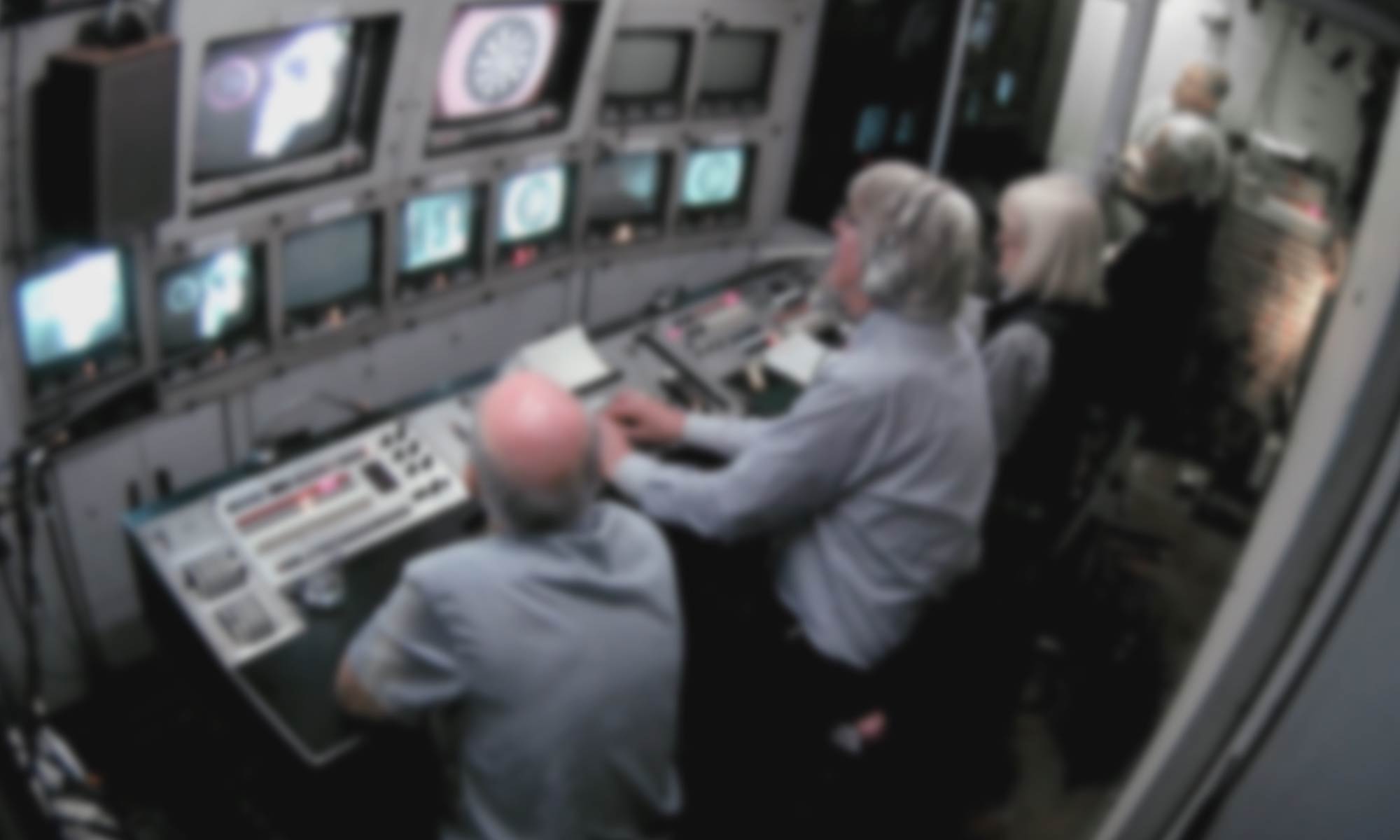Processing 16mm Film
This is light industrial. It must seem incredibly archaic and Luddite to lots of people. It’s light industrial, it’s manual, it’s machinery, it’s chains, it’s rollers, it’s wipers, it’s chemistry. It’s very physical – completely the opposite of the digital world.
Nigel Horn – i-dailies
After 16mm film is exposed, it must be processed to reveal the footage which has been captured.
Footage shot during ADAPT’s reenactment of a 16mm documentary television film shoot was taken to one of the few remaining film processing laboratories – i-dailies in Acton, West London.
i-dailies chief film processing technician Nigel Horn guided our cameras through the complex process of developing and processing 16mm film.
Into the soup
The process begins in complete darkness. In a darkroom, the exposed film reel is transferred to a light-tight magazine.
Safely protected from light, which would ‘fog’ the footage and make it unusable, the film is then taken to a huge processing machine manufactured by Photomec.
The magazine is installed into the machine and the exposed film is fed into the processor.
The machine spools the film through a number of chemical solutions, each of which does a specific job. The first solution removes the film’s backing, making it transparent.
The next chemical mixture is a developer – Kodak’s patented ECN2 colour negative solution. This solution oxidises the exposed silver halide on the film, fixing the images captured.
Next, an acidic liquid stops the developing process from going on for longer than is necessary. The film is no longer light-sensitive, and can safely be exposed to natural light.
A bleach bath converts excess silver on the film into a compound that can easily be removed by the a washing solution. Between each solution, wiper blades remove excess solution, preventing contamination between one stage and the next.
Now fully developed, images can be seen on the film. The entire reel is fed through a drying cabinet which removes any excess moisture. The drying time must be precisely calculated: any extra drying time will distort the film strip, while film that is too moist is liable to damage editing or telecine equipment.
Once dried, the processed negative film is fed out of the processing machine and returned to the can it was delivered in.
In the film and television industry film was sometimes said to be “in the soup”, referring to the complex and mysterious mixture of chemicals required to develop film.
“Making up” a processed negative
With the film processing complete, the negative must be ‘made up’ before being sent to a film editor or scanned in a telecine machine.
i-dailies technician Jason Doyle adds ‘leader’ – a section of blank film that can be safely handled – to the head and tail of the film reel.
He attaches leader to the processed negative using a tape splicer – a device which is used to make quick, reliable joins between one piece of film and another.
He also punches holes in the negative at the beginning and end of the reel. These serve as a reference for editors and telecine technicians.
After handling the film, Jason finally cleans the film, places it safely in a plastic bag, and returns it once again to the original film can.
The negative is ready for editing or telecine.
